Every time I think I’m going to write a quick post and be done with it, I fall into a research k-hole, only to come to many hours later, balls deep in a PDF of some ancient medical textbook that a librarian in Wyoming scanned and uploaded in their free time (god bless!) Being that I don’t get paid to do this, I have to be smarter about what I research and what I phone in. This is a post I have to phone in.
Side note, obviously we all know what “phoning it in” means, but it seems to have two different origins. Some say it’s an entertainment industry phrase, meaning an actor can’t be bothered to give a shit, so they just call in to recite their lines without showing up. But another source said (and I like this one better) that it comes from the newspaper industry back in the day before computers, where when a story was urgent, a reporter used the telephone to relay the bare-bones info to the editor, not leaving much room for research and extra filler facts. When a story wasn’t urgent, the reporter could mail it in, allowing them to spend more time working on it/flushing it out. Oof, see what I mean about unnecessary research? Moving on!
The U.S Marine Hospital in Memphis, TN operated from 1884 to 1965. I’m going to just copy/paste info about the hospital’s history from the Metal Museum, which is located on the property. If you want to explore the hospital legally, I believe they are the people to contact. The hospital is located along the Mississippi River at 360 Metal Museum Drive, which is the coolest address ever.
Photo of the hospital during the year it closed, c/o commercialappeal.com

Horrible iphone shot of the hospital today, c/o me sitting in the backseat of a van, whining about wanting breakfast.
From the Metal Museum: “The hospital opened in 1884 and consisted of six buildings – the surgeon’s house, a stable, the executive building, two wards, and the nurses’ building. The facility was originally used to treat Civil War soldiers and to conduct scientific research in hopes of finding a cure for yellow fever. Only two of the original buildings survive today, the nurses’ building (located on the east side of the 1930s hospital building) and the executive building (the white building that houses the Museum’s library and permanent collection). Both are listed on the National Register of Historic Places.”
“During the 1930s, several new Works Progress Administration buildings were added to the site. To make room for the new buildings, the wards and stables were demolished and the executive and the nurses’ buildings, both of which faced the street, were moved three hundred feet to their current locations on wagons pulled by mules.” (Which is why it appears in a different location in the photos.)
“The largest of the WPA era buildings is the three-story, neo-classical brick hospital building that dominates the site. The Georgian-style building has slate roofing, a copper cupola on pedestals, and large limestone columns, capitals, and gutters. It cost $1 million. Although built to serve the needs of ailing seamen, the building has been used by the Coast Guard, cadets of the state maritime academies, members of the Coast and Geodetic Survey, Public Health fieldmen, the Army Corps of Engineers and employees and federal workers injured on duty. Most recently it was used to house soldiers during Desert Storm.”
Here are the rest of the photos, although there are a few more on flickr.

Ritter dental equipment circa 1919, although the one of the left looks a little newer than that. Catalogue photo c/o mcnygenealogy.com
For more photos, go to the U.S. Marine Hospital flickr set .
_____________________________________________
Disclaimer: If any information is incorrect, if you have more info, or if you’d just like to tell me something, feel free to contact me.
To support my work and see new comics, go here. To buy books, original artwork, merch, and more, visit my website store. Follow me on instagram.


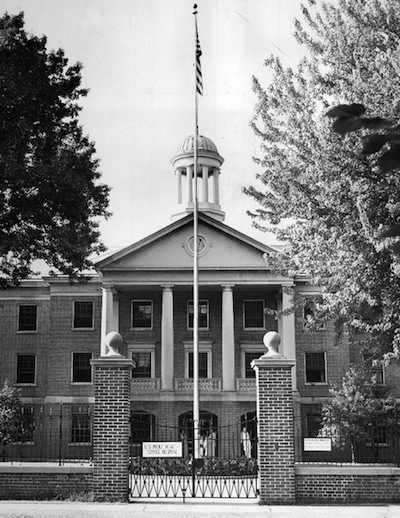


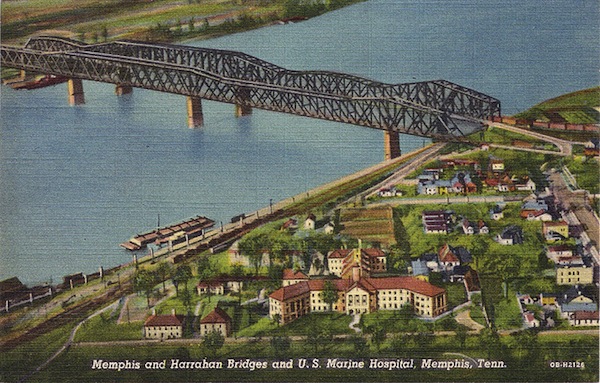
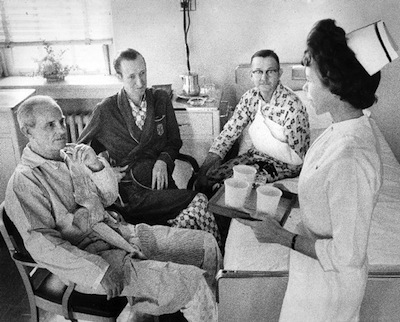
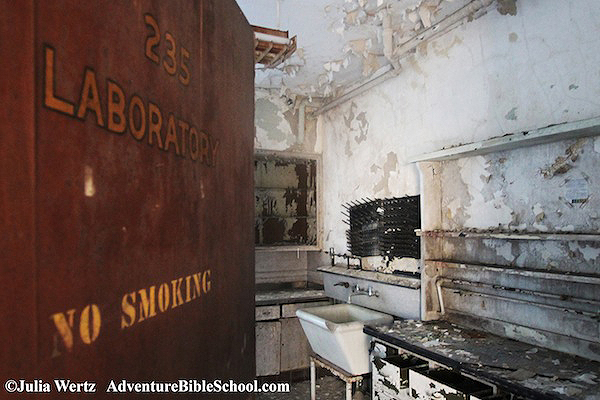




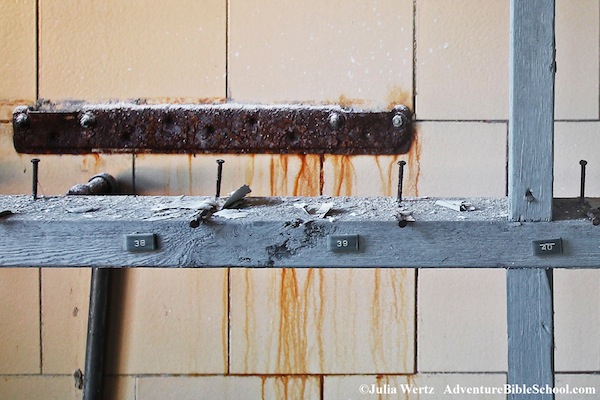

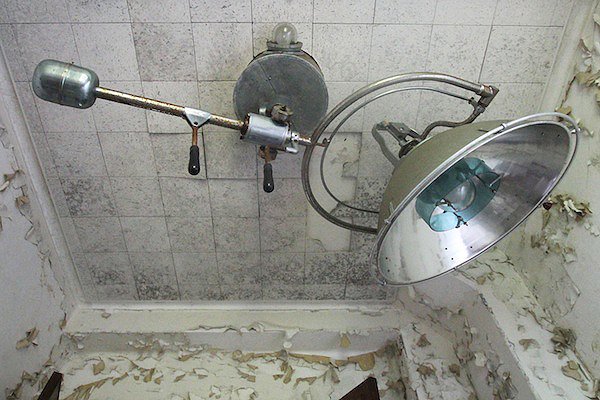
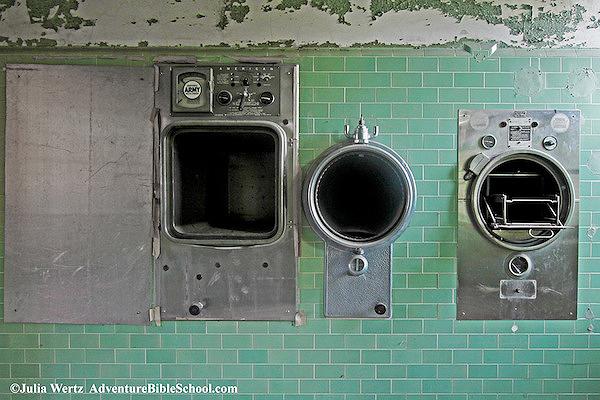
Sorry, the comment form is closed at this time.